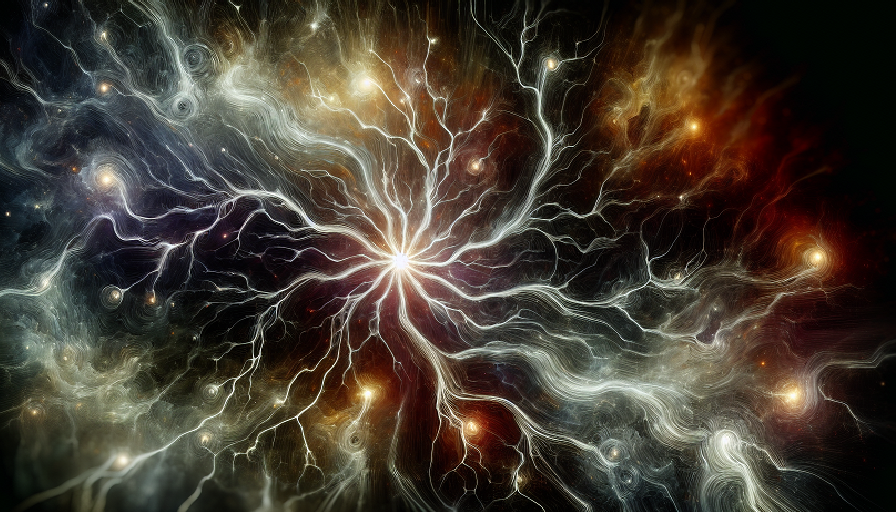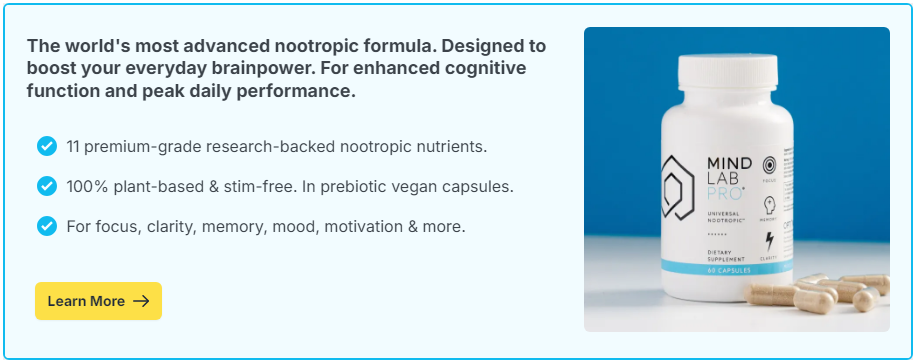
Think about the last time you couldn’t put a book down or sat on the edge of your seat during a movie. Your heart raced. Time faded. Your brain was hooked. That wasn’t magic — it was neuroscience in action. Storytelling isn’t just an art form; it’s a biological experience. Humans have always passed down knowledge through narrative, and for good reason: our brains are built to respond to stories. Suspenseful narratives especially activate regions tied to attention, empathy, and memory, creating a mental playground where information sticks and emotions surge.
Contents
Why the Brain Loves a Good Story
Our brains crave patterns and meaning. A story, by its nature, provides both. From cave drawings to Netflix binges, narrative has long been our preferred method of communication. But what’s happening beneath the skull when a story unfolds is far more complex than passive enjoyment — it’s a full-sensory brain workout.
The Neural Symphony of Narrative
When we hear a story, various brain regions light up. The language centers process the words, sure — but more than that, areas like the visual cortex, motor cortex, and emotional centers (like the amygdala) engage. If a character runs through a forest, our motor cortex simulates the action. If someone grieves a loss, our limbic system reacts with real emotional output.
This neural mirroring is why stories feel immersive. It’s not just entertainment — it’s experience, shared and simulated. And because our brains engage more fully in storytelling than in raw data processing, we remember narratives better than facts. That’s why fables and parables persist through generations while instruction manuals collect dust.
The Role of Oxytocin in Empathy
When a story includes emotional content — a child reunited with a lost parent, a hero overcoming the odds — our brains release oxytocin, a hormone associated with empathy and trust. This biological reaction strengthens the bond between storyteller and listener. It’s why we tear up during commercials or root for underdogs we’ve never met.
This chemical cocktail reinforces narrative as a tool for influence, education, and connection. It’s not manipulation; it’s simply how we’re wired. And tapping into that wiring helps storytellers, educators, and even leaders foster genuine understanding and memory retention.
Suspense: The Brain’s Favorite Puzzle
Suspense is the engine of storytelling. It creates tension, anticipation, and reward. But what is suspense, really? It’s your brain reaching forward into uncertainty, trying to predict what comes next — and loving the chase.
Prediction, Uncertainty, and the Dopamine Loop
The brain loves to predict outcomes. Suspense disrupts this ability, forcing the brain to stay engaged, searching for clues. This heightened state of attention activates the brain’s reward system. Dopamine — the same neurotransmitter triggered by sex, food, and certain nootropics — is released as we anticipate resolution.
The more uncertain the outcome, the higher the dopamine buildup. This chemical anticipation is what makes cliffhangers so maddening and satisfying. Our brains hate unresolved patterns, so we stay glued, waiting for closure.
The Amygdala and Threat Processing
Suspense often mimics threat — even when no danger is present. The amygdala, the brain’s fear center, kicks in during tense moments. Your palms might sweat, heart rate might spike. But because the threat is fictional, we stay in control, enjoying the adrenaline without actual risk.
It’s a safe way to simulate danger and build resilience. This is part of why scary stories are so popular — they give our brains a chance to rehearse danger responses in a low-stakes setting. And because suspense requires active engagement, it exercises executive function, boosting focus and emotional regulation skills.
The Structure That Hooks Our Minds
Classic storytelling structures like the hero’s journey or three-act format aren’t arbitrary — they mirror our cognitive rhythms. The brain naturally seeks a beginning, middle, and end. Disruption to this sequence feels jarring and can trigger confusion or disengagement.
The Hero’s Journey and Neuroplasticity
Joseph Campbell’s “hero’s journey” is a narrative arc seen across cultures and epochs. It resonates not just culturally, but neurologically. Each phase — the call to adventure, the struggle, the transformation — activates different neural processes. Conflict and failure trigger the anterior cingulate cortex (linked to problem-solving), while resolution activates reward centers.
Stories of change encourage us to consider our own growth. This metaphorical mirroring can influence behavior and even promote neuroplasticity — the brain’s ability to rewire itself based on experience. The more engaging the story, the more lasting the neurological impact.
Suspenseful Pacing and Cortisol Spikes
Good pacing is essential for suspense. When tension rises, so does cortisol — the body’s stress hormone. In measured doses, cortisol heightens focus and memory consolidation. That’s why high-stakes scenes often “stick” in our minds more vividly. But pacing is everything. Overload the brain with constant tension, and it tunes out; too little, and boredom creeps in.
The balance of rising action, peaks, and resolutions provides a rhythm the brain can follow. It’s like a mental rollercoaster, with each climb and drop sparking new neurological responses.
Storytelling as a Tool for Learning and Change
Beyond entertainment, storytelling is an unparalleled vehicle for learning. Educators, therapists, and marketers alike use narrative to enhance retention and influence behavior. When the brain encodes information through story, it creates more robust neural pathways than rote memorization ever could.
Memory Encoding and the Hippocampus
Stories give information context, making it easier for the hippocampus — the brain’s memory center — to store and retrieve it. When abstract ideas are embedded in narrative, they become emotionally charged, and therefore easier to recall. This is why historical events are often remembered better when tied to personal accounts rather than textbook timelines.
Therapeutic Narratives and Mental Health
In therapy, patients often reframe their own experiences as stories. This isn’t just symbolic; it’s strategic. By viewing oneself as a protagonist, individuals gain perspective, agency, and insight. Narrative therapy leverages the brain’s storytelling instinct to foster healing, coherence, and emotional growth.
When we reshape our own internal stories, we change our self-perception — and that can shift everything from behavior patterns to brain chemistry.
Modern Applications and Mental Performance
As our understanding of storytelling’s neurological underpinnings grows, so do its applications. From AI-generated narratives to immersive virtual experiences, the future of storytelling is not just about better plots — it’s about better brains.
Narrative-Based Learning and Brain Supplements
Educational tools that incorporate narrative structure show increased retention rates, particularly among learners who struggle with attention or memory. Pairing this with lifestyle strategies — like consistent sleep, movement, and nutritional support — enhances the benefits even further. Some individuals even turn to brain supplements or nootropics to support focus and mental stamina during long periods of creative or analytical thinking, such as reading complex stories or writing them.
Gamified Narratives and Cognitive Engagement
Interactive storytelling platforms, including video games and choose-your-own-adventure formats, combine suspense with decision-making. These not only entertain but also stimulate areas responsible for planning, empathy, and multitasking. It’s storytelling on steroids — and the cognitive benefits are just beginning to be understood.
- Choose learning tools that include story-based instruction
- Reflect on stories from your life to identify personal growth arcs
- Use suspense strategically in presentations to maintain engagement
- Balance narrative content with focus-enhancing rituals, like meditation or supplementation
A Brain Built for Stories
Storytelling isn’t just a cultural phenomenon — it’s a neurological one. Our brains are designed to respond to narrative with emotion, attention, and memory. Suspense magnifies that effect, pulling us into a world of mental simulation that can leave a lasting imprint on how we think and feel.
Understanding the brain science behind stories doesn’t ruin the magic — it explains why the magic works. Whether you’re reading a novel, crafting a speech, or watching a thriller, your brain is doing more than watching. It’s participating. And if you’re looking to optimize that participation, it doesn’t hurt to support your cognitive performance with practices that boost mental endurance — like strategic rest, mental training, and the occasional brain-boosting supplement.

